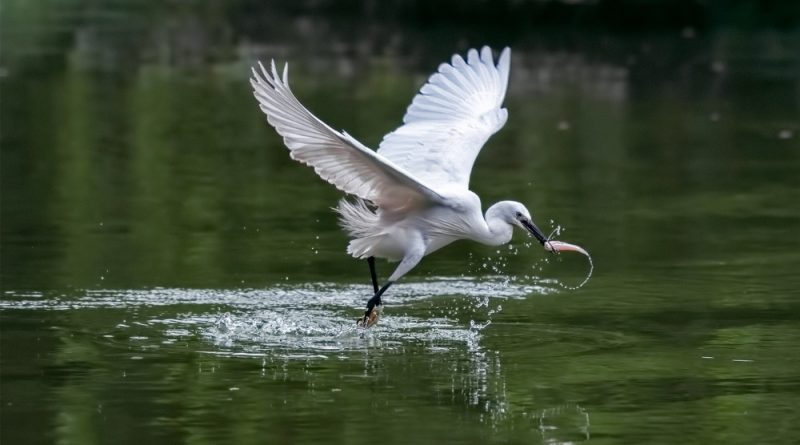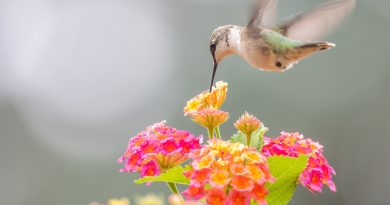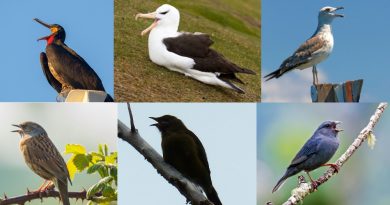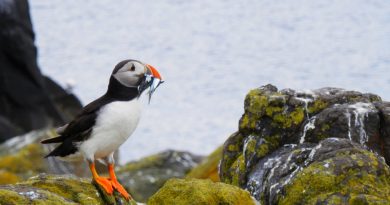Seabirds and Their Adaptation to Living in the Ocean
The Survival Cycle
Seabirds are a fascinating group of birds adapted to live and thrive in the oceanic environment. With unique abilities and characteristics, these birds face daily challenges to find food, reproduce, and survive in one of the planet’s most hostile habitats. In this text, we will explore the incredible adaptation of seabirds to life in the ocean and how they have become masters in this environment.
Seabirds are found in all the world’s oceans, from polar regions to tropical waters. Among the most well-known species are albatrosses, petrels, gulls, frigates, and penguins. Each of these birds has developed specific adaptations to cope with the challenges of marine life.
One striking feature of seabirds is their ability to fly long distances over the ocean. The albatross, for example, is known for its impressive flying abilities. With its long and narrow wings, they can glide for hours, using air currents to save energy. This ability allows them to cover vast distances in search of food.
Another important adaptation of seabirds is their salt elimination system. Seawater contains high concentrations of salt, which can be harmful to most organisms. However, seabirds have special glands located near their eyes, called salt glands, which filter and eliminate excess salt from their bodies. This enables them to drink seawater without suffering the harmful effects of salinity.
Feeding is another crucial aspect for seabirds. They have developed a variety of strategies to capture prey in the ocean. Some species, like albatrosses, primarily feed on plankton, fish, and squid. They use their incredible vision and sense of smell to detect locations with a higher concentration of food.
On the other hand, penguins are excellent swimmers and divers, capable of plunging into the depths of the ocean in search of fish and krill. They have modified wings resembling flippers, allowing them to swim with agility and hunt underwater.
The reproduction of seabirds is also unique and adapted to the oceanic environment. Many species form colonies on isolated islands, where they build nests and perform their mating rituals. Mating and raising chicks occur on solid ground, providing greater security against marine predators. Some seabirds, such as frigates, have a complex mating process with elaborate displays to attract partners.
Seabirds also play a crucial role in marine ecosystems. They are essential for transferring nutrients between different trophic levels. For example, when seabirds feed on prey in the ocean and subsequently defecate on solid ground, their nutrient-rich droppings are deposited in coastal areas. This enriches the soil and stimulates plant growth, benefiting the entire local food chain.
Furthermore, seabirds also play a significant role in seed dispersal. Many species consume fruits and seeds in their breeding areas but also travel long distances in search of food. During this process, they excrete seeds in different locations, contributing to the colonization of new areas and plant diversity.
Unfortunately, seabirds face significant threats due to human activity. Ocean pollution, overfishing, habitat destruction, and climate change have negative impacts on these birds and their ecosystems. For example, the ingestion of plastic and chemical waste in the ocean can cause intoxication and health issues in seabirds. The reduction of fish populations and accidental fishing also directly affects their food supply.
To protect seabirds and ensure their survival, it is essential to adopt conservation measures and sustainable ocean management. This includes creating marine protected areas, implementing responsible fishing practices, and reducing the use of plastic and pollutants. Additionally, public awareness of the importance of seabirds and their role in oceanic ecosystems is crucial for promoting conservation.
Birdwatching of seabirds can also be an incredible and educational experience. In various regions worldwide, there are tours and guided trips that allow visitors to witness the beauty of these birds in their natural environment. Responsible and respectful birdwatching can contribute to the appreciation of these species and awareness of the importance of preserving the oceans.
In conclusion, seabirds are impressive examples of adaptation to life in the ocean. With their flying abilities, the ability to eliminate excess salt, specialized feeding strategies, and unique reproductive rituals, these birds play a fundamental role in marine ecosystems. However, they face significant challenges due to human activity. Therefore, it is our duty to protect and preserve these birds, ensuring the conservation of the oceans and the sustainability of their habitats. By doing so, we contribute to maintaining marine biodiversity and the balance of global ecosystems.
If you enjoyed our article on Seabirds and Their Adaptation to Living in the Ocean, leave your comment and share it with your contacts. Enjoy the reading!




